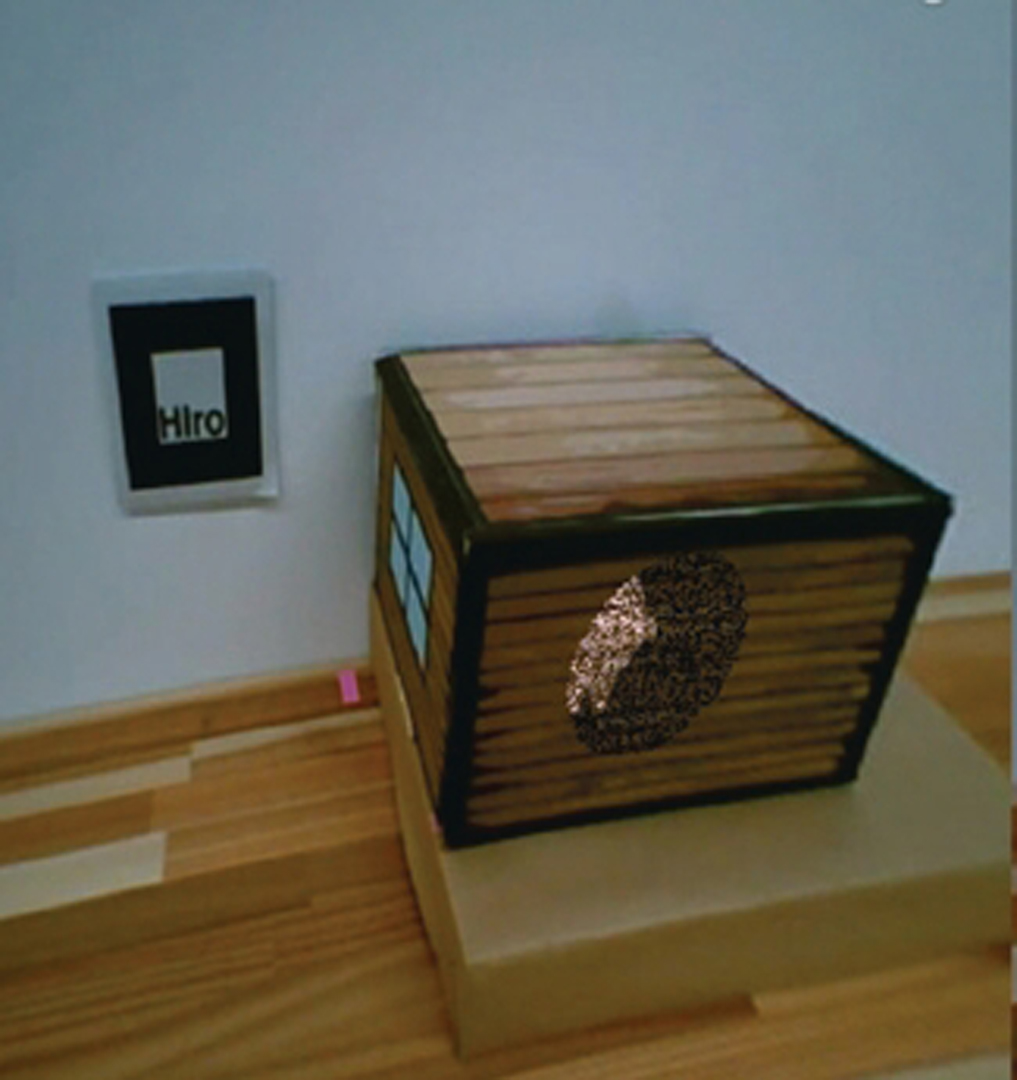“Please Show Me Inside: Improving the Depth Perception Using Virtual Mask in Stereoscopic AR”
Conference:
Experience Type(s):
Title:
- Please Show Me Inside: Improving the Depth Perception Using Virtual Mask in Stereoscopic AR
Organizer(s)/Presenter(s):
Description:
A practical application of Augmented Reality (AR) is see-through vision, a technique that enables a user to observe a virtual object located behind a real object by superimposing the virtually visualized inner object onto the real object surface. This technique is considered to be effective in several areas, including medical [Bichlmeier et al. 2007] [Lerotic et al. 2007] [Nicolau et al. 2011] [Sielhorst, et al. 2006] and industrial visualizations [Schall et al. 2009] [Zollmann et al. 2010]. In these applications, one challenge is determining how to cause a virtual object to appear behind a real object surface.
References:
[1]
Akerstrom, R. A. et al. 1988. The perception of stereoscopic transparency. In Perception & Psychophysics, 44 (5), 421–432.
[2]
Avery, B. et al. 2009. Improving spatial perception for augmented reality x-ray vision. In Proc. IEEE VR ’09, 79–82.
[3]
Bichlmeier, C. et al. 2007. Contextual anatomic mimesis hybrid in-situ visualization method for improving multi-sensory depth perception in medical augmented reality. In Proc. ISMAR ’07, 1–10.
[4]
Furmanski, C. et al. 2002. Augmented-reality visualizations guided by cognition: Perceptual heuristics for combining visible and obscured information. In Proc. ISMAR ’02, 215–224.
[5]
Lerotic, M. et al. 2007. pq-space based non-photorealistic rendering for augmented reality. In Proc. MICCAI ’07, 102–109.
[6]
Kato, H. et al. 1999. Marker tracking and HMD calibration for a video-based augmented reality conferencing system. In Proc. Int’l Workshop on Augmented Reality (IWAR), 85–94.
[7]
Kruijff, E. et al. 2010. Perceptual issues in augmented reality revisited. In Proc. ISMAR 2010, 3–12.
[8]
Mendez, E. et al. 2009. Importance masks for revealing occluded objects in augmented reality. In Proc. the 16th ACM Symp. on Virtual Reality Software and Technology (VRST ’09), 247–248.
[9]
Nicolau, S et al. 2011. Augmented reality in laparoscopic surgical oncology. Surgical Oncology, 20 (3), 189–201.
[10]
Otsuki, M. et al. 2013. Psychophysical exploration of stereoscopic pseudo-transparency. In Proc. ISMAR 2013, 283–284.
[11]
Schall, G. et al. 2009. Handheld augmented reality for underground infrastructure visualization. Personal Ubiquitous Comput. 13 (4), 281–291.
[12]
Sielhorst, T. et al. 2006. Depth perception — A major issue in medical AR: Evaluation study by twenty surgeons. In Proc. MICCAI ’06, 364–372.
[13]
Tsirlin, I. et al. 2010. Perceptual artifacts in random-dot stereograms. Perception, 39, 349–355.
[14]
Zollmann, S. et al. 2010. Image-based ghostings for single layer occlusions in augmented reality. In Proc. ISMAR 2010, 19–26.





